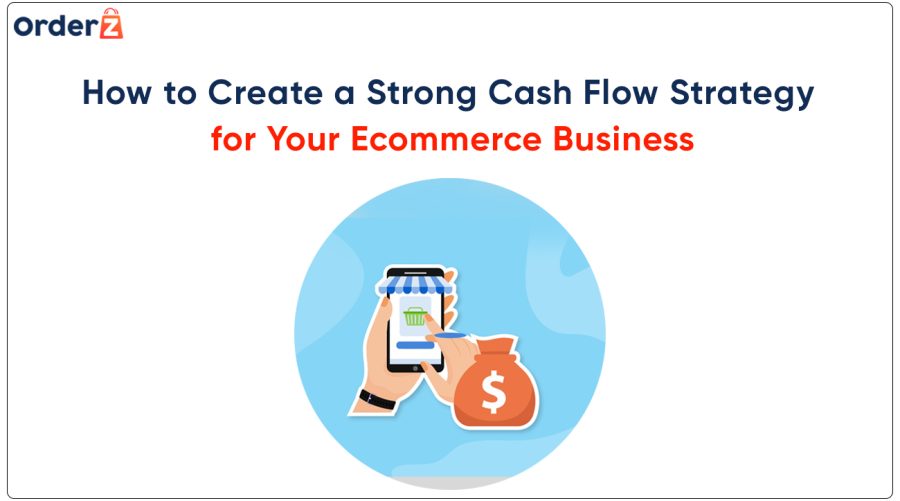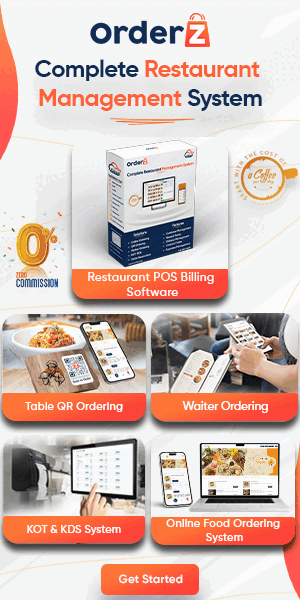Introduction
In the fast-paced and ever-evolving landscape of ecommerce, having a solid cash flow strategy is the bedrock of a successful business. A well-crafted cash flow strategy not only helps you navigate the financial ebbs and flows but also empowers you to make strategic decisions for the growth and sustainability of your ecommerce venture. In this blog, we will delve deeper into each step of creating a robust cash flow strategy for your ecommerce business.
Cash flow strategy for your eCommerce business
1. Understand Your Current Cash Flow

To build a successful cash flow strategy, you need a firm grasp of your current financial standing. Start by meticulously analyzing your historical financial data, including income, expenditures, outstanding invoices, and operating costs.
This analysis will unveil patterns in your cash flow, giving you insights into when revenue is at its peak and when expenses tend to surge. By understanding these trends, you can anticipate potential cash flow gaps and prepare for them accordingly.
2. Forecast Your Future Cash Flow

A cash flow forecast acts as a financial roadmap for your ecommerce business. It involves projecting your expected income and expenditures over a defined period, often spanning several months or even a year.
Consider variables like seasonal fluctuations, planned marketing campaigns, and product launches when creating your forecast. This forward-looking tool helps you plan for lean periods, allocate resources wisely, and make informed decisions.
3. Manage Inventory Wisely

Inventory management plays a critical role in cash flow optimization. Maintaining excessive stock ties up valuable working capital, while insufficient stock can lead to lost sales opportunities.
Adopt inventory management techniques like the Just-In-Time (JIT) method, where you order or produce inventory just in time to meet demand.
Leverage inventory tracking systems to monitor stock levels and anticipate when to reorder, ensuring that you have enough products to meet customer demand without overburdening your finances.
4. Optimize Payment Terms

Strategically managing payment terms with both suppliers and customers can significantly impact your cash flow. Negotiate extended payment terms with suppliers to give yourself more time to settle invoices while allowing for the sale of products.
Conversely, encourage customers to settle their invoices promptly by offering discounts for early payments. Implementing these measures can help streamline cash flow by balancing incoming and outgoing funds.
5. Diversify Revenue Streams

Overreliance on a single revenue stream can expose your business to unnecessary risk. Consider diversifying your income sources by exploring new product categories, expanding to new geographical markets, or introducing subscription-based services.
Diversification provides a safety net during fluctuations in one market or product line, helping maintain a consistent cash flow.
6. Implement Pricing Strategies

Pricing your products appropriately is a delicate balance between covering costs, achieving desired profit margins, and staying competitive. Regularly assess your pricing strategy, taking into account factors like production costs, competitor pricing, and perceived value by customers.
A well-thought-out pricing strategy ensures that you not only generate revenue but also maintain healthy cash flow margins.
7. Monitor and Control Expenses
Vigilant expense management is a cornerstone of an effective cash flow strategy. Regularly review your operating expenses to identify areas where cost savings can be achieved without compromising quality.
This could involve renegotiating contracts with vendors, outsourcing non-core functions, or adopting cost-effective software solutions. Minimizing unnecessary expenditures helps maintain a healthy cash flow.
8. Maintain a Cash Reserve

Building a cash reserve is akin to creating a financial safety net for your business. Set aside a portion of your profits as a reserve to cushion against unforeseen expenses, emergencies, or economic downturns.
A cash reserve provides the liquidity needed to navigate challenges without disrupting regular operations or resorting to high-interest loans that can strain your cash flow.
9. Use Technology to Your Advantage

Embrace modern technology and financial management tools to streamline your cash flow processes. Accounting software and financial platforms can automate tasks such as invoicing, payment tracking, and financial reporting.
These tools provide real-time visibility into your business’s financial health, enabling better decision-making and helping you identify potential cash flow issues before they become critical.
10. Regularly Review and Adjust Your Strategy

A cash flow strategy is not static; it should evolve with your business’s growth and changing market conditions. Schedule periodic reviews of your strategy to assess its effectiveness and relevance.
Analyze how well your projections aligned with actual performance and make adjustments based on the insights gained. Adapting your strategy ensures that it remains aligned with your business goals and market realities.
Additional tips
- Use a cloud-based accounting software to track your finances. This will make it easier to stay on top of your cash flow and identify any potential problems.
- Automate your billing and payments process. This will help you save time and avoid errors.
- Negotiate favorable payment terms with your suppliers. This will give you more time to pay your bills and improve your cash flow.
- Offer discounts for early payments. This will encourage your customers to pay their bills on time and improve your cash flow.
- Build relationships with your banker and other financial professionals. This will give you access to resources if you need them.
By following these tips, you can create a strong cash flow strategy for your ecommerce business and ensure its long-term success.
Conclusion
A well-crafted cash flow strategy is an essential element in the success story of your ecommerce business.
By understanding your current financial position, projecting future cash flows, and implementing smart management techniques, you’re better equipped to maintain a steady foundation for growth.
A robust cash flow strategy empowers you to seize opportunities, mitigate risks, and make data-driven decisions that will propel your ecommerce venture toward sustained success.
FAQs
- What is a cash flow strategy, and why is it important for my ecommerce business?
A cash flow strategy outlines how you manage the flow of money into and out of your business. It’s vital for ecommerce because it ensures you have enough funds to cover expenses, invest in growth, and navigate challenges. A well-defined strategy helps maintain stability and supports decision-making.
- How can I forecast my future cash flow accurately?
To forecast future cash flow, gather historical financial data, estimate expected income and expenses, and consider factors like seasonality and planned marketing efforts. Regularly update your projections based on actual performance to refine your accuracy over time.
- How can I optimize my payment terms with suppliers and customers?
Negotiate extended payment terms with suppliers to align with your incoming cash flow. Offer discounts to customers who settle invoices promptly, encouraging faster payments. Late payment penalties can also help incentivize timely payments.
- Why is diversifying revenue streams important for my ecommerce business’s cash flow?
Relying on a single revenue source can be risky. Diversification, such as introducing new products or exploring different markets, spreads risk and provides a more stable income stream, helping to maintain consistent cash flow.
- How often should I review and adjust my cash flow strategy?
Regular reviews are crucial. Schedule quarterly or annual assessments to evaluate the effectiveness of your strategy, adjust projections based on actual outcomes, and make necessary refinements to keep your strategy aligned with your business’s growth and changing market conditions.




